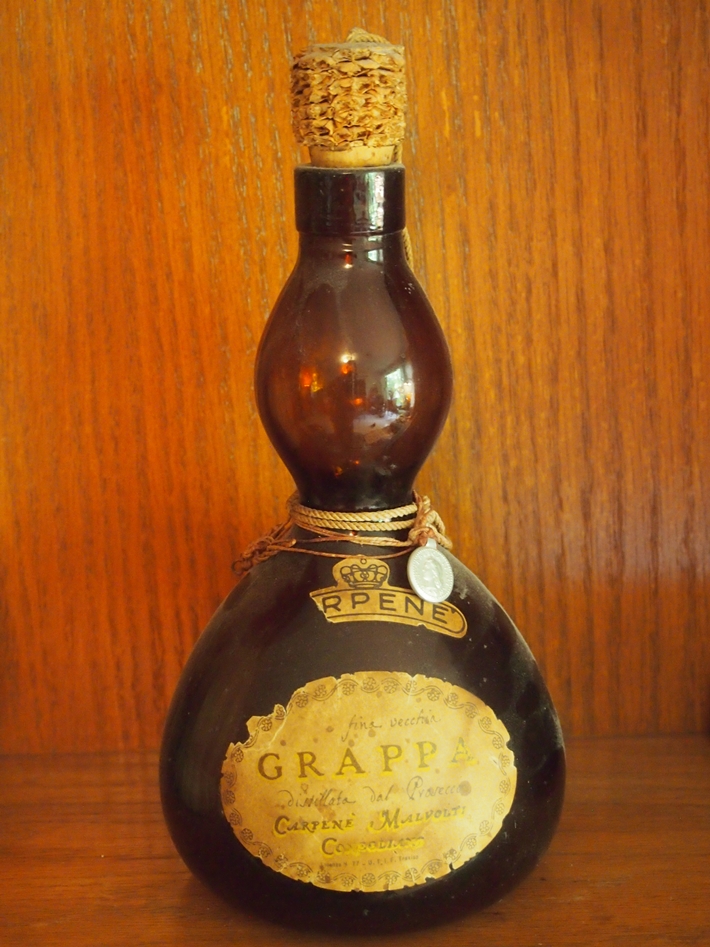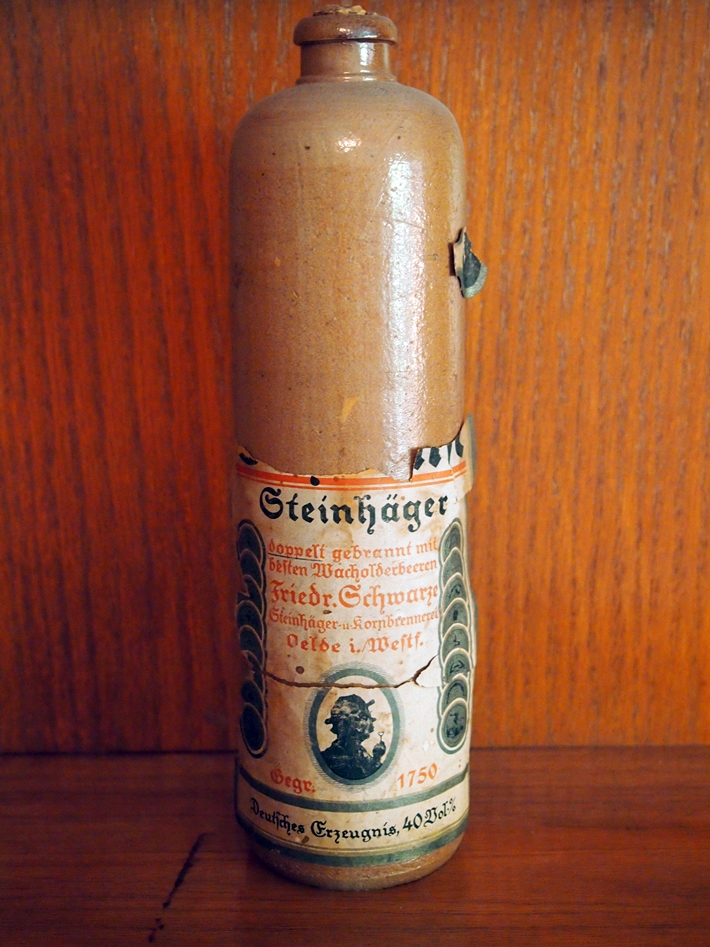Three yawning months of meteorological winter ahead. That’s what counts for winter: December, January and February. Never mind what anyone says about the solstice. But at least no heavy snow or ice is forecast for now.
Back again to posting around December 10.
What did we do to deserve this sunset? A late November event, as seen from our deck.
 On Thanksgiving, the girls and I watched Airplane! on demand. What is it about that movie and its rapid-fire, throw the jokes against the wall to see if they’re funny structure? I’ve watched it a number of times since I saw it when it was new, and it’s funny every time.
On Thanksgiving, the girls and I watched Airplane! on demand. What is it about that movie and its rapid-fire, throw the jokes against the wall to see if they’re funny structure? I’ve watched it a number of times since I saw it when it was new, and it’s funny every time.
Unlike another movie I paid good money to see in 1980: The Hollywood Knights. That was a mistake. So much so that sometime afterward I invented my own personal scale of movie quality: The Hollywood Knights Scale, from zero to some unspecified large number, zero being the worst.
The Hollywood Knights comes in at exactly 0 on my idiosyncratic scale. I’ve seen some bad movies in my time, but that ranking is still valid as far as I’m concerned (though I’d have to put, say, Patch Adams at 0.1).
Not familiar with The Hollywood Knights? Wiki gives a pretty good summation: “The ensuing antics include, among other things, a sexual encounter involving premature ejaculation, a punch bowl being spiked with urine, an initiation ceremony involving four pledges who are left in Watts wearing nothing but the car tires they are left to carry, a cheerleader who forgets to put on her underwear before performing at a pep rally, several impromptu drag races, and the lead character of Newbaum Turk (Robert Wuhl) wearing a majordomo outfit and singing a version of ‘Volare’ accompanied by the sounds of flatulence. Mooning also plays a prominent role in the film…”
None of those things necessarily make the movie unfunny. After all, Airplane! includes jokes about drug abuse, pederasty, oral sex, a sick child, and African-American dialect. There are ridiculous visual gags, such as Ted Striker’s drinking problem or pouring lights on the runway. Punning is rampant (don’t call me Shirley). Yet it all works as a comedy. The writing, directing, acting, timing and entire conceit as a spoof of more serious movies are vastly better than anything The Hollywood Knights did.
Speaking of odd things in movies, this is a still from Animal Crackers.
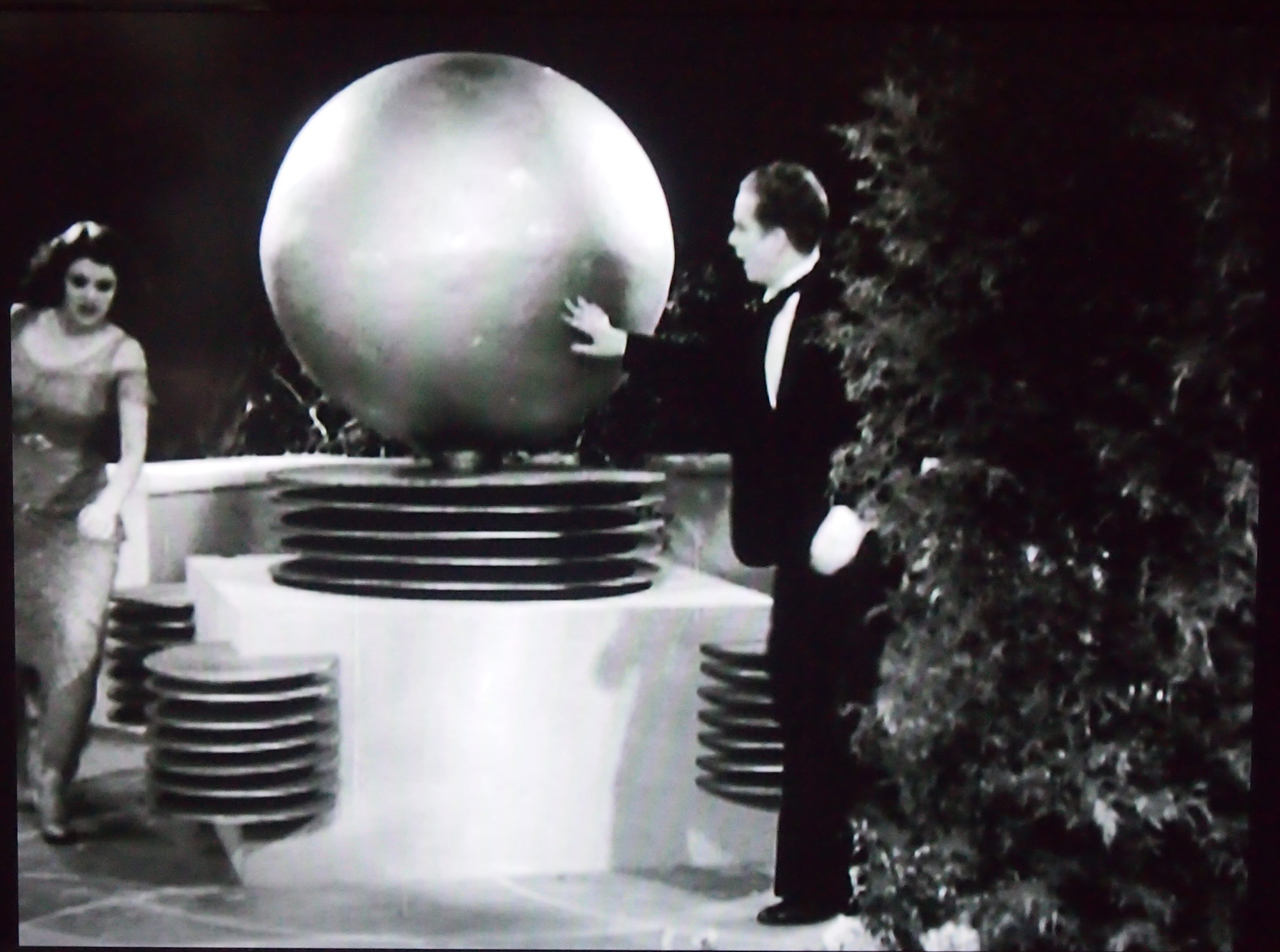 That’s supposed to be part of an outdoor patio of a lavish home on Long Island. The characters, who are not really that important in the scheme of the comedy, are the wealthy homeowner’s daughter and her honest but poor boyfriend. What caught my eye was that structure behind them.
That’s supposed to be part of an outdoor patio of a lavish home on Long Island. The characters, who are not really that important in the scheme of the comedy, are the wealthy homeowner’s daughter and her honest but poor boyfriend. What caught my eye was that structure behind them.
According to the imdb, the uncredited art director for the firm was the German-born Ernst Fegté, who was working in Hollywood by 1925, and who had a busy career. Now what, I can imagine him thinking, would a wealthy Long Island socialite want for her patio? Something — modern.
The movie was made in 1930. Here’s something else from exactly then, a cover of Radio Listener magazine that I saw at the early Soviet art exhibit at the Art Institute last weekend.
It’s a Peakaboo Stalin. Lenin figured in a fair number of the works, but Stalin was only an up-and-coming character during most of the period. A little like Fonzie, though — pretty soon he’s going to take over the show.
One more thing, and naught to do with movies or the Soviet Union. I took Lilly back to UIUC on Sunday, and en route arranged to take a picture of this roadside attraction in Kankakee. Almost literally roadside, since it’s best seen from I-57.
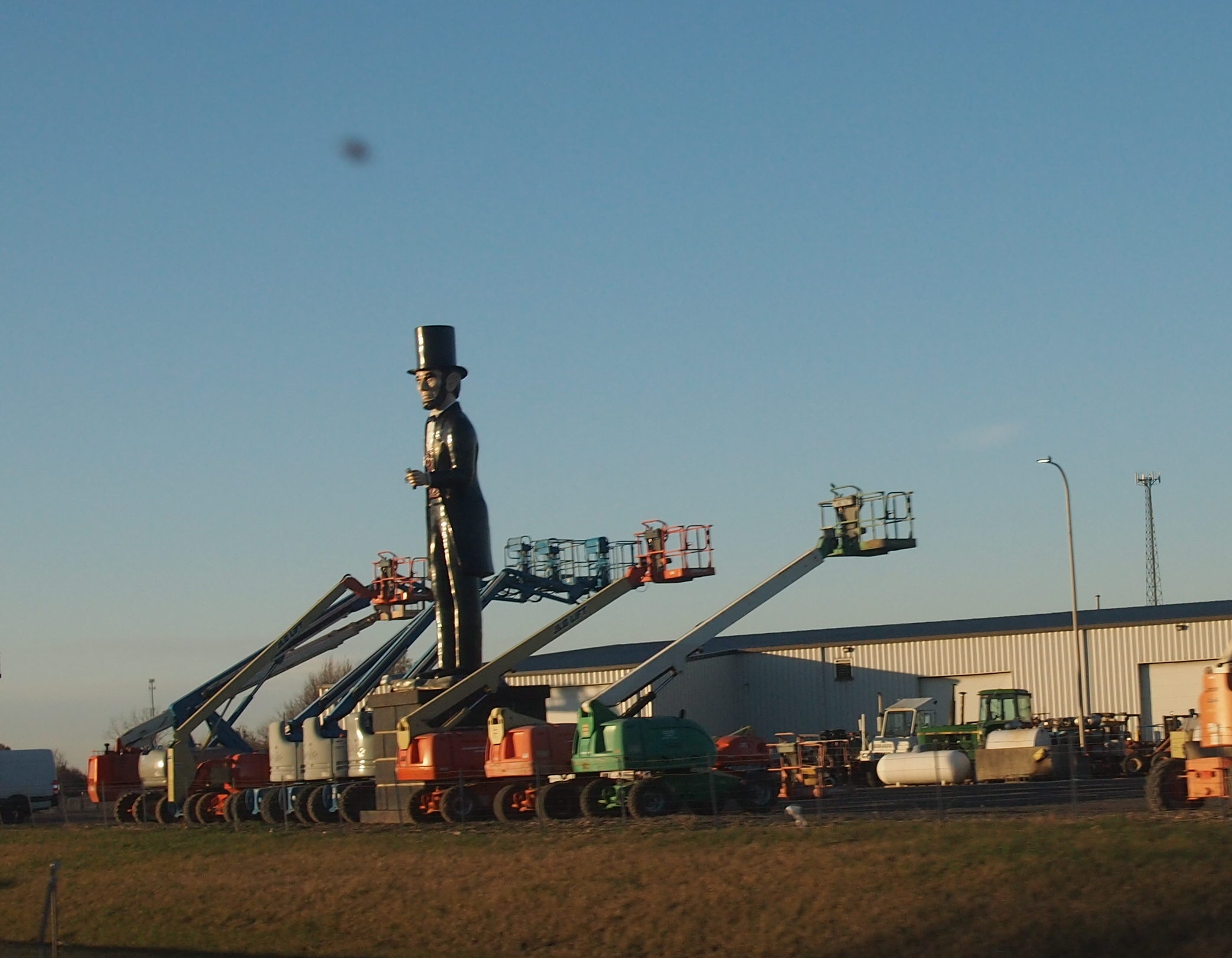 “28 feet tall, Abe stands in front of a heavy equipment rental lot, and holds signs that promote whatever its owner feels strongly about at the moment,” says Roadside America.
“28 feet tall, Abe stands in front of a heavy equipment rental lot, and holds signs that promote whatever its owner feels strongly about at the moment,” says Roadside America.
I’ve seen him with a sign, but for the moment he holds none. Just as well, I figure. A sign in Honest Abe’s hands is gilding the lily.
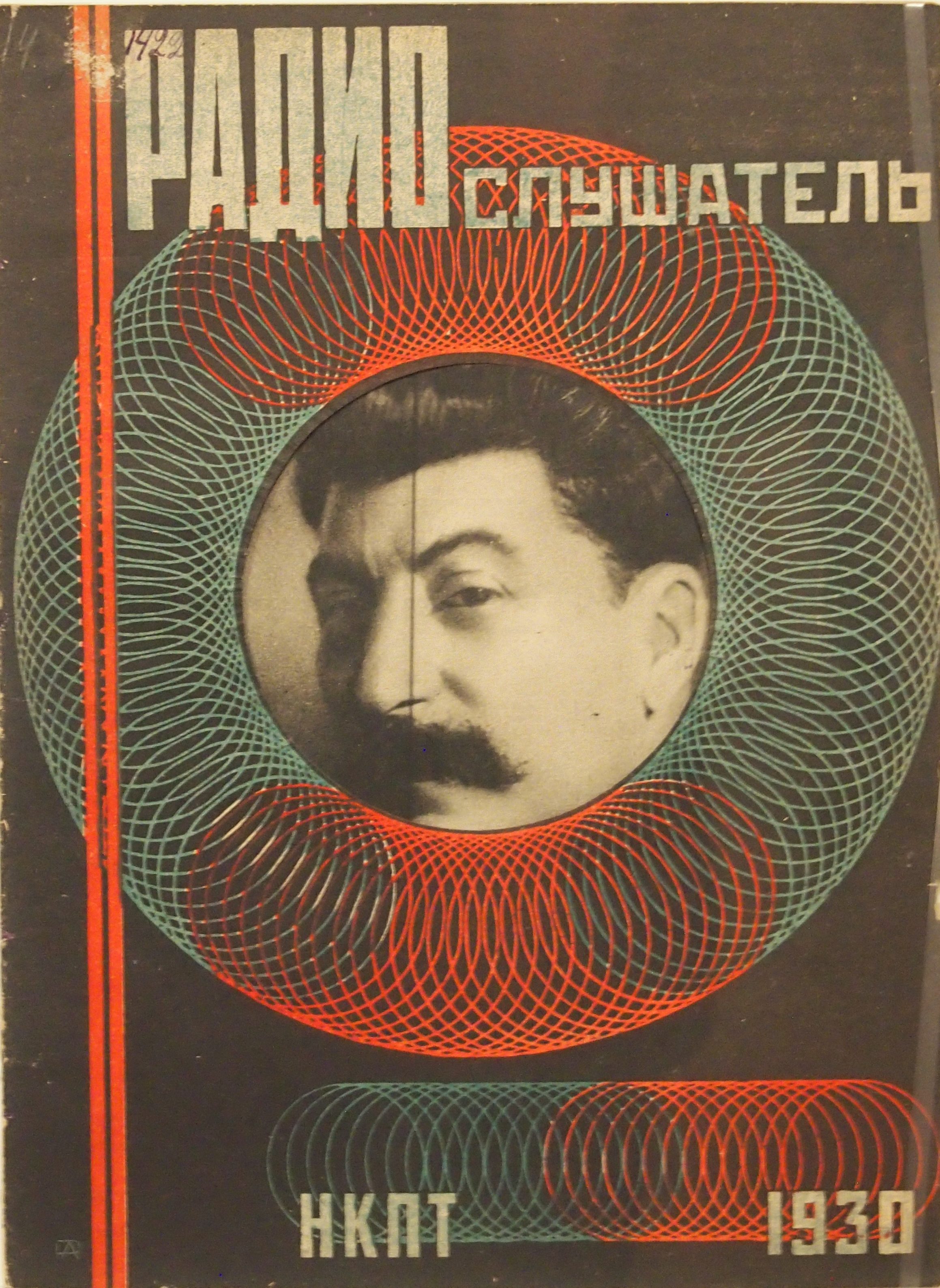

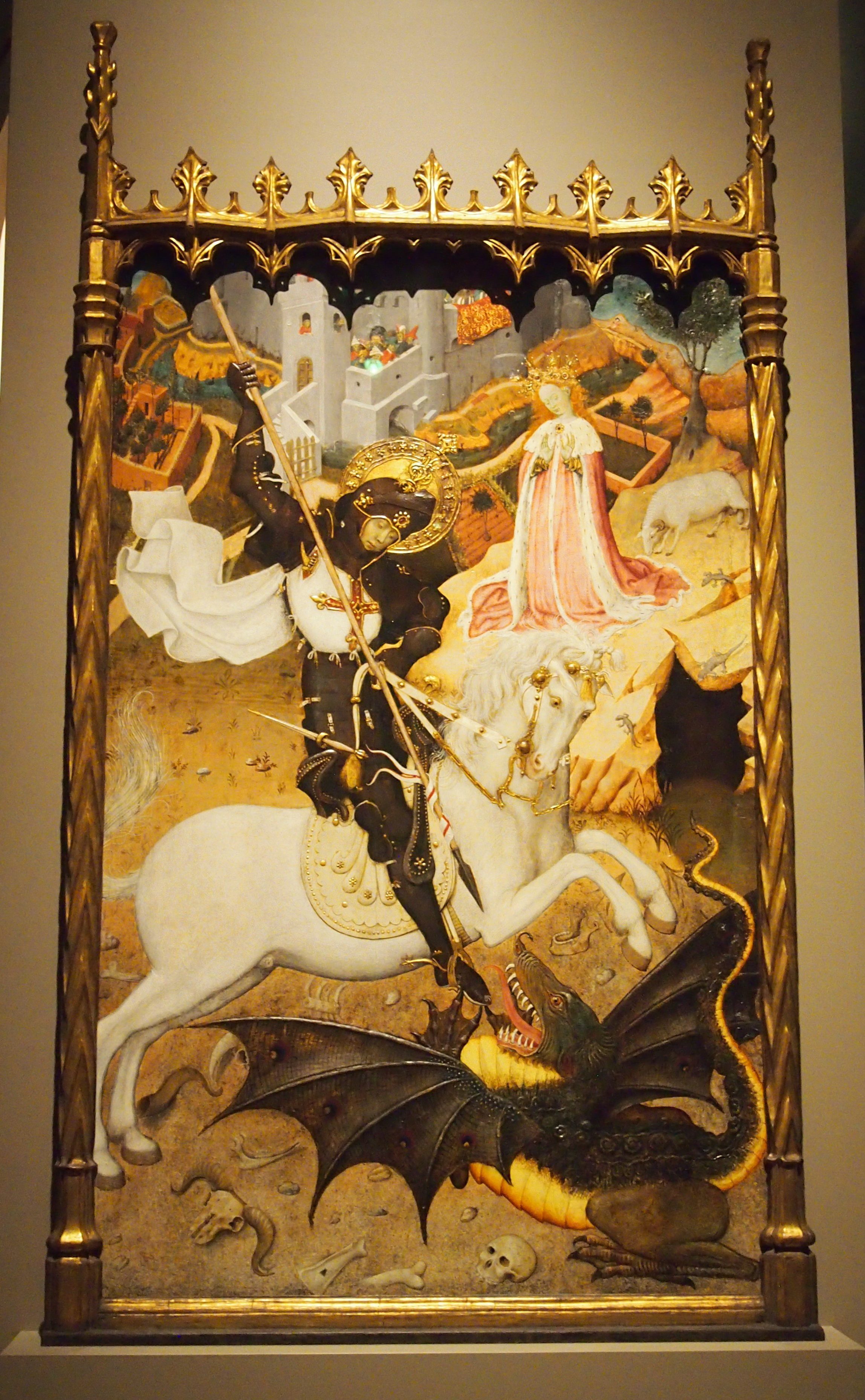

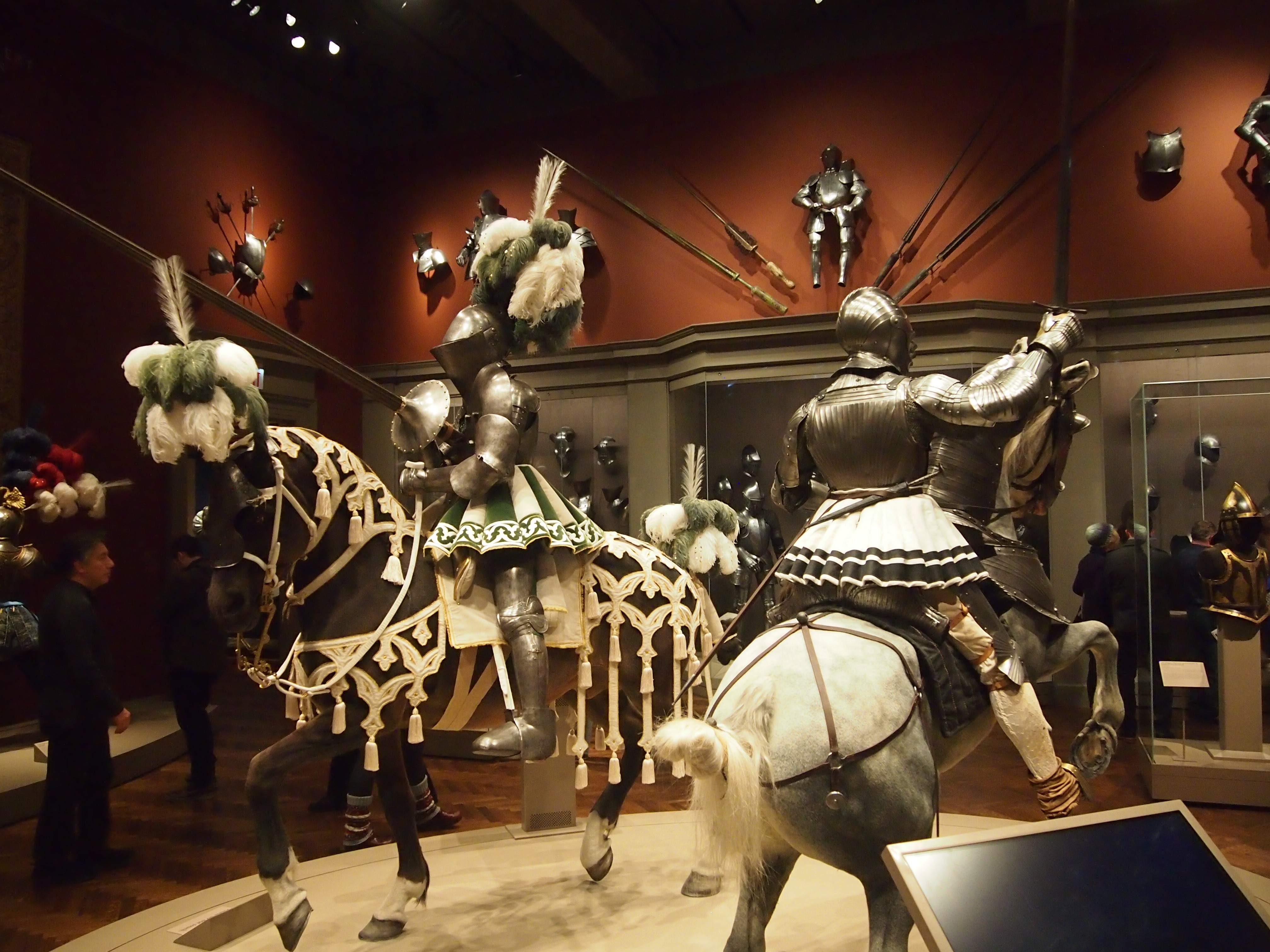
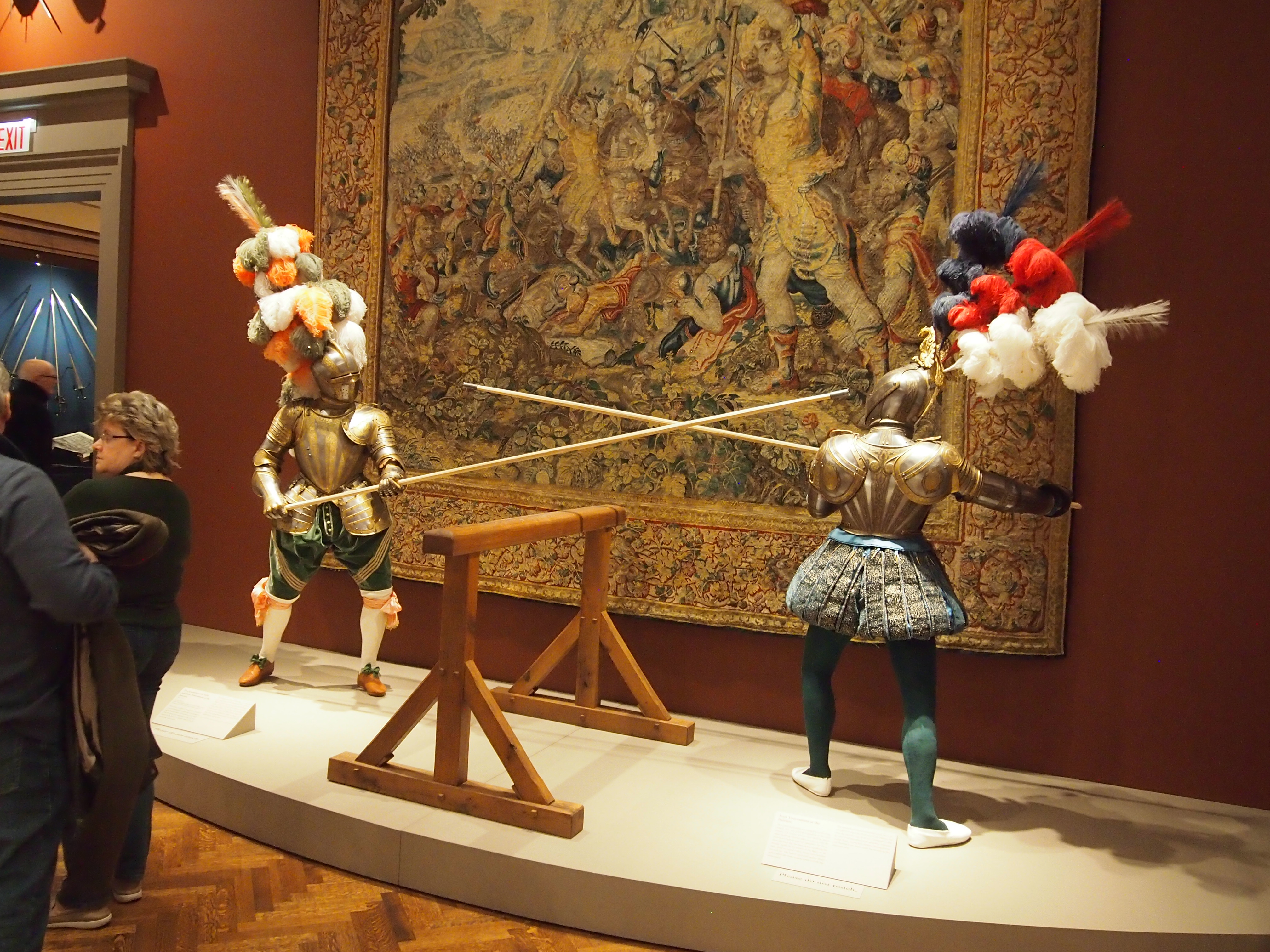
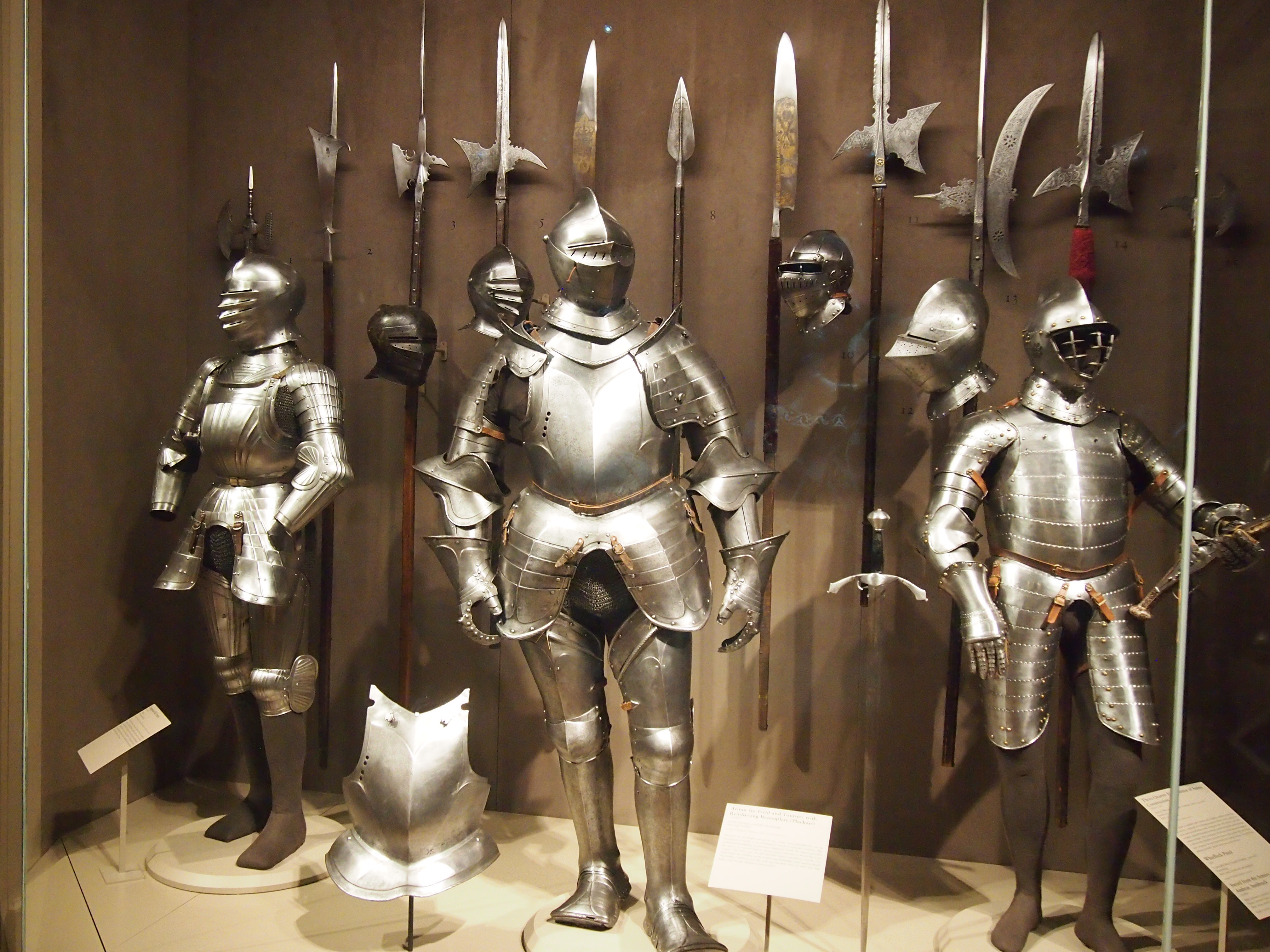
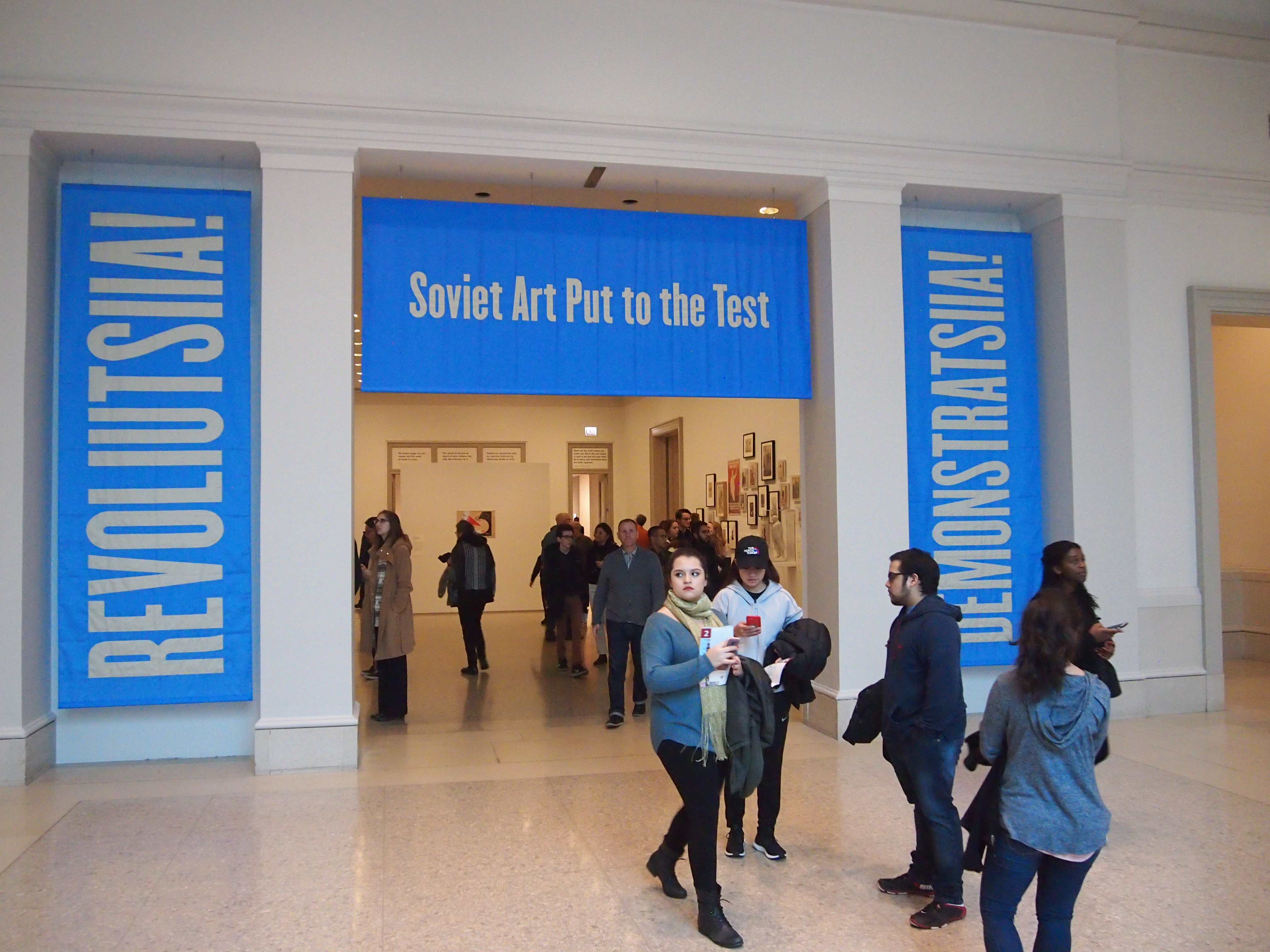
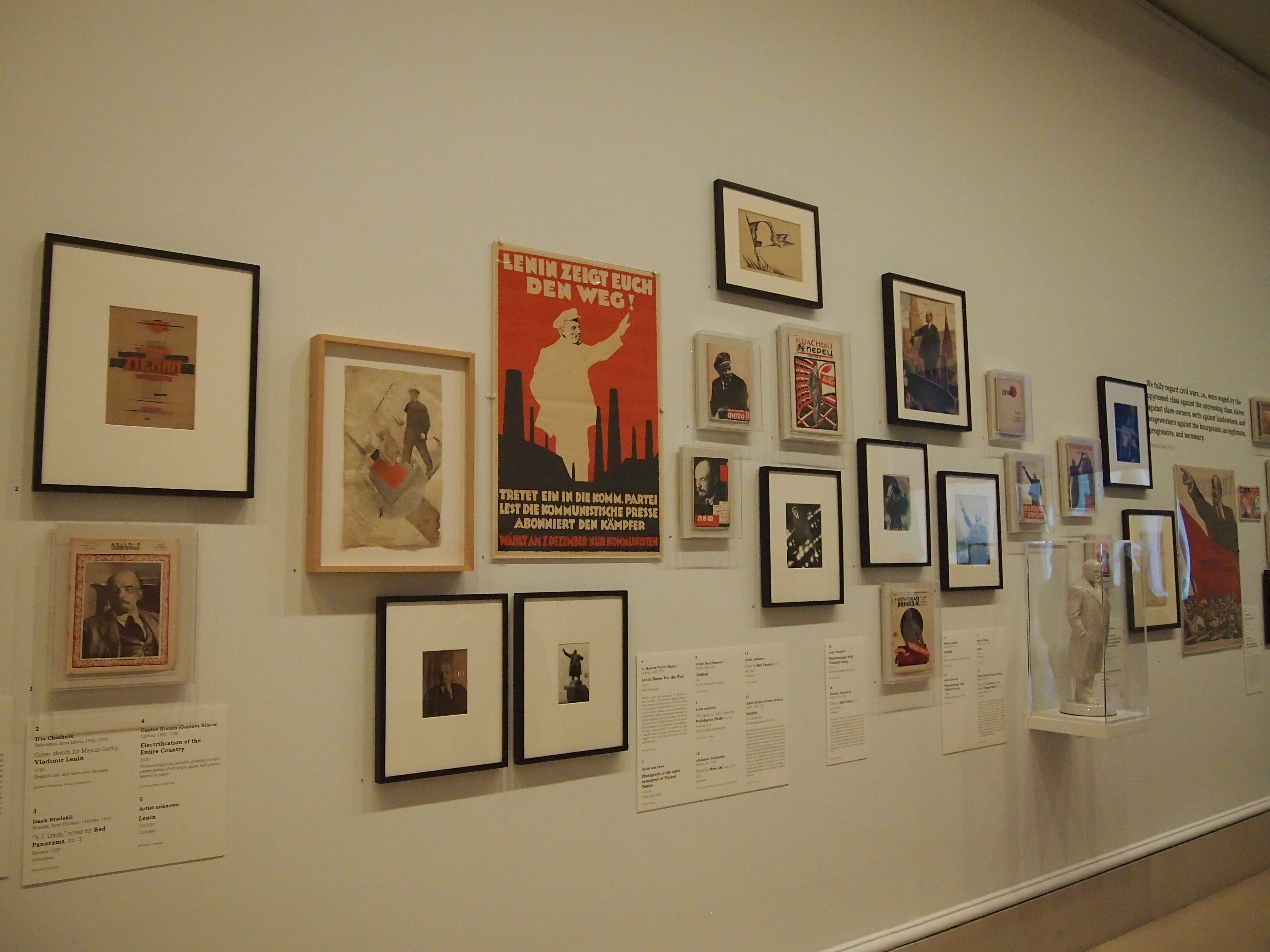
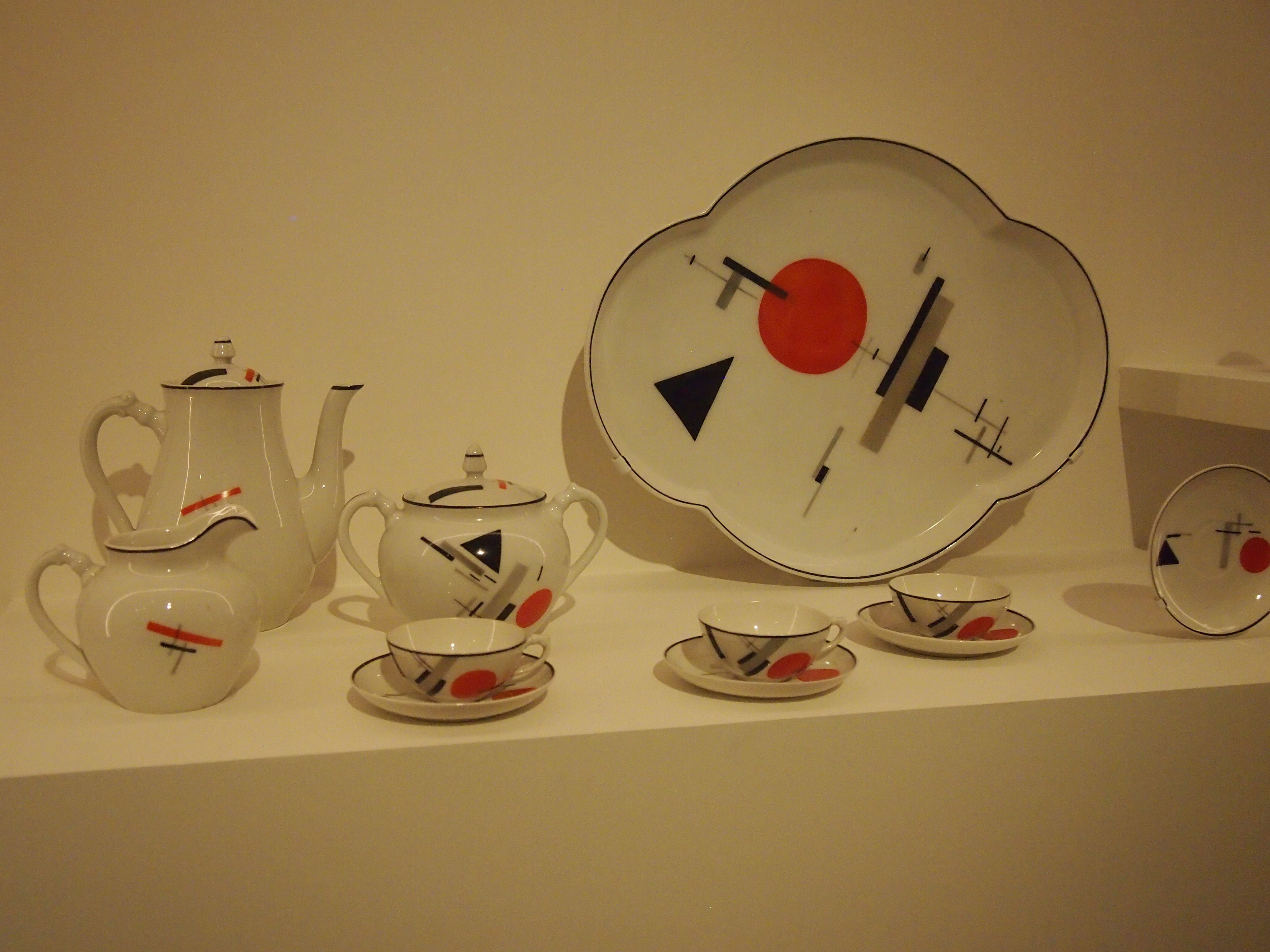
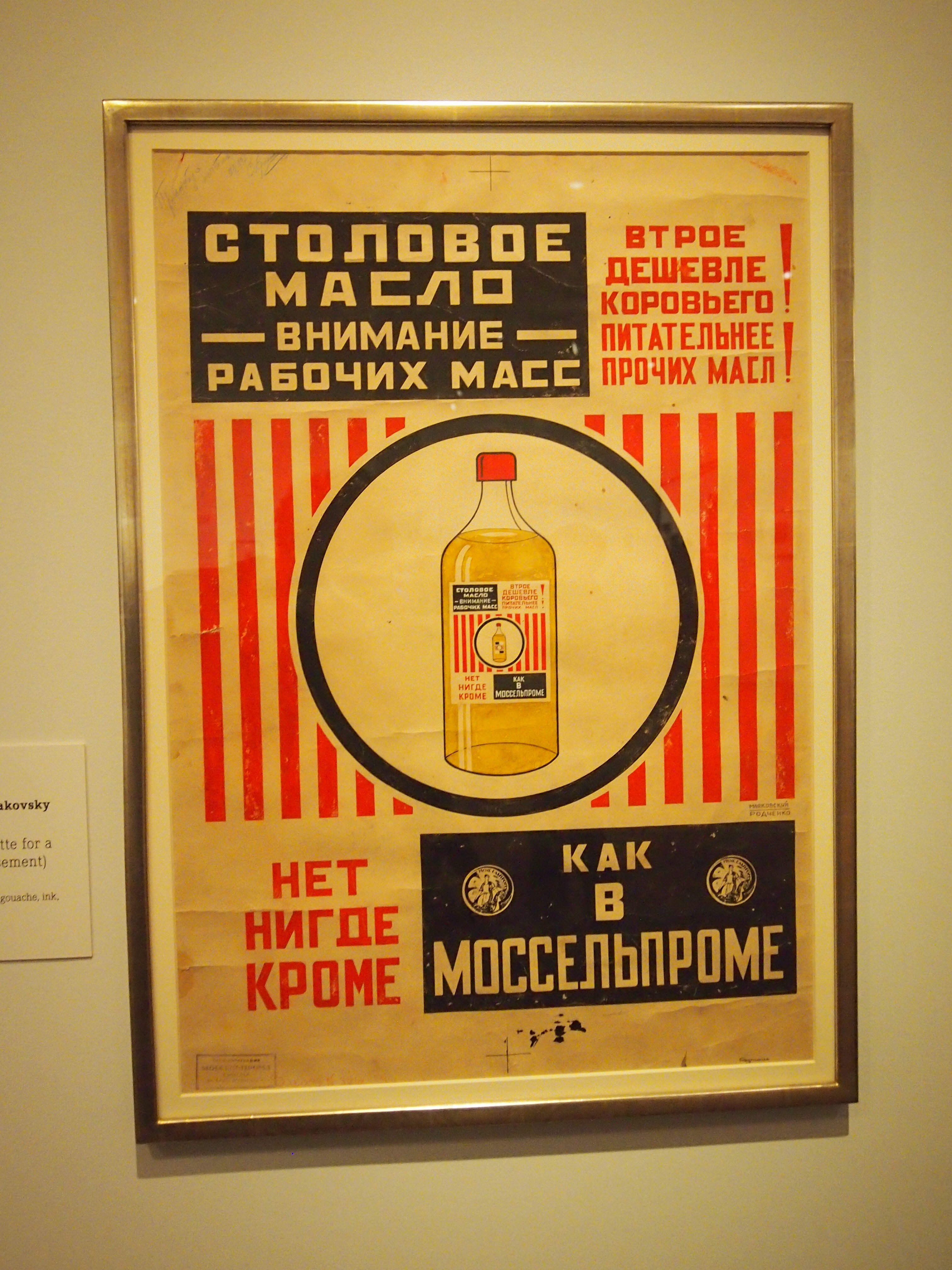
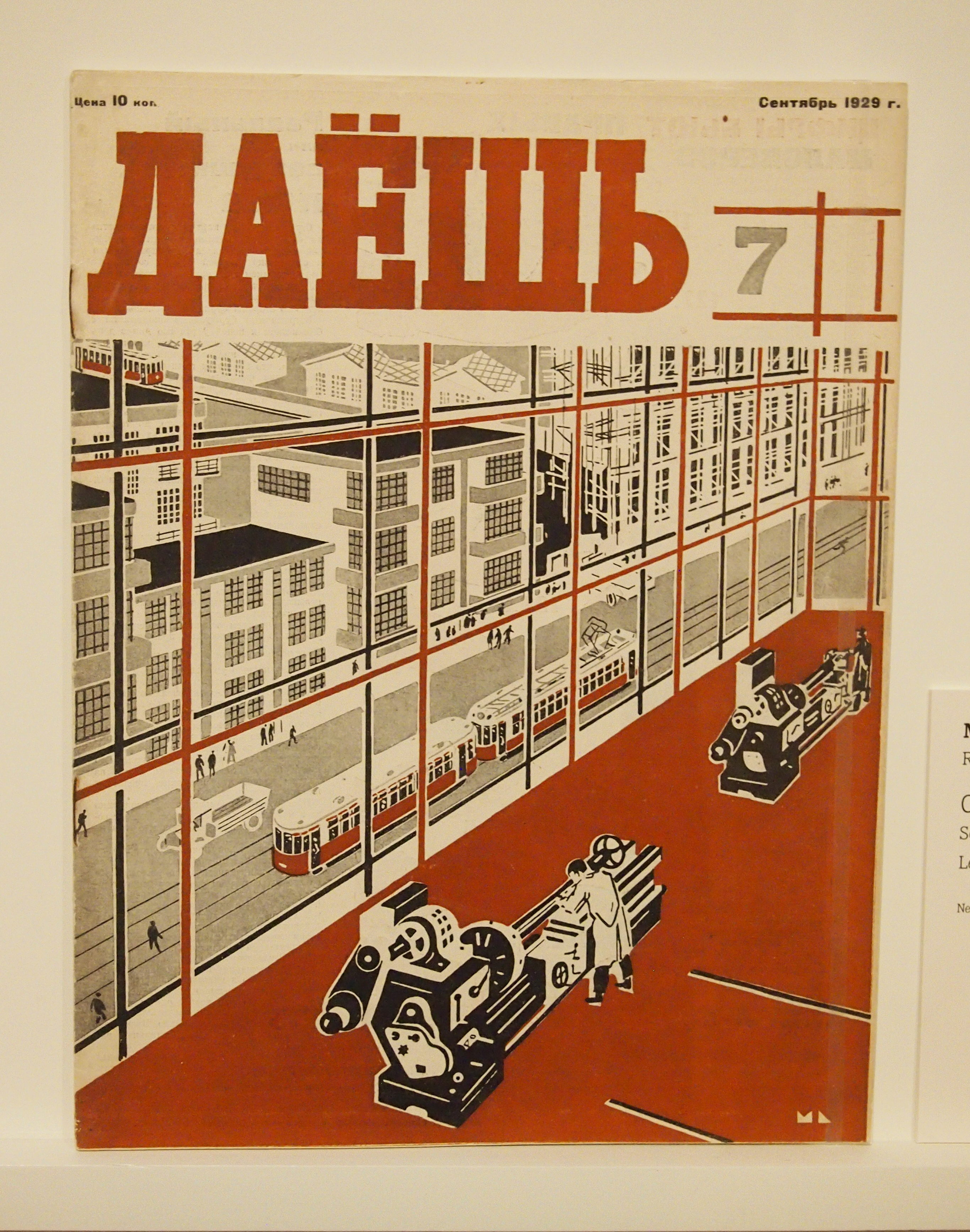

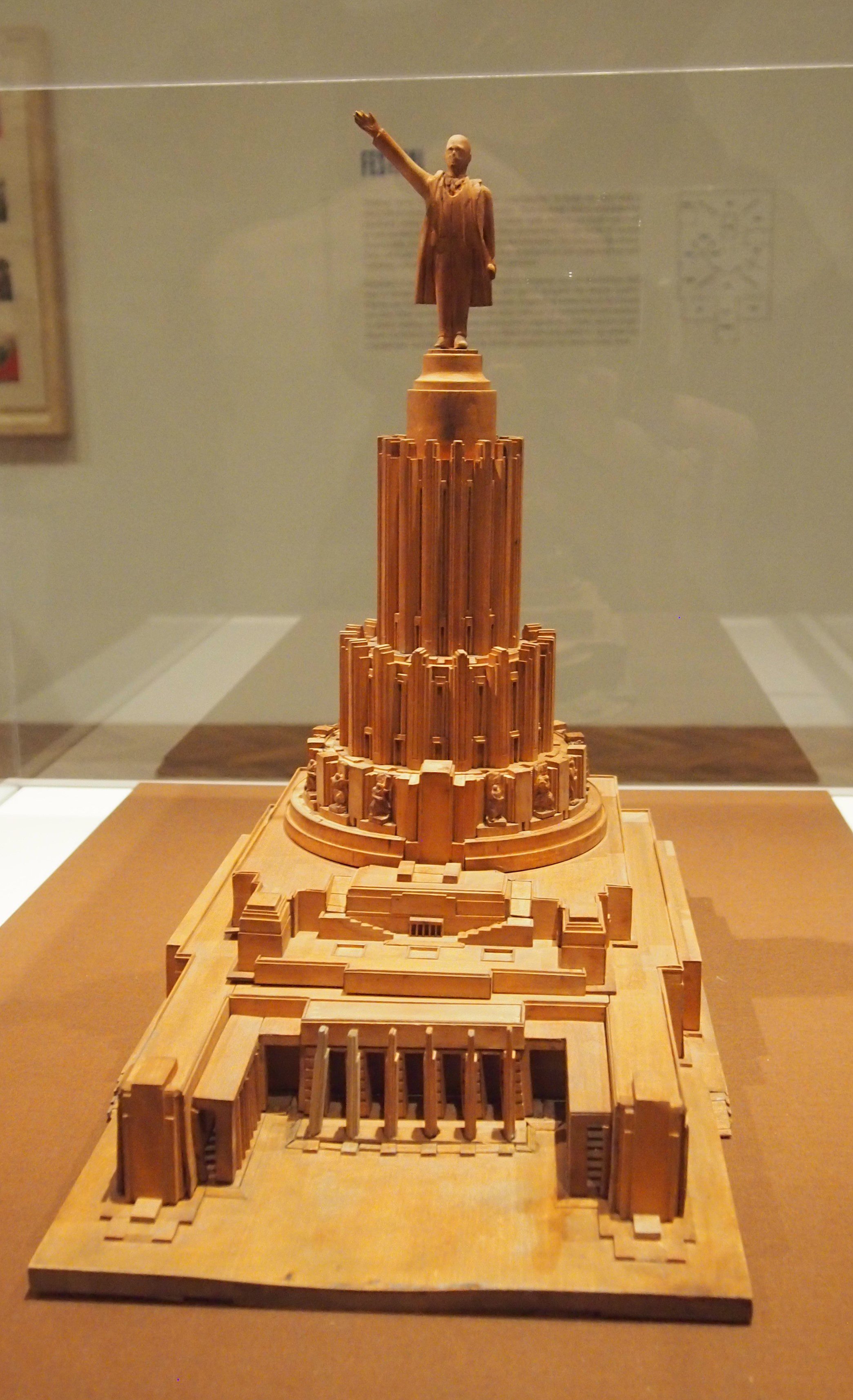

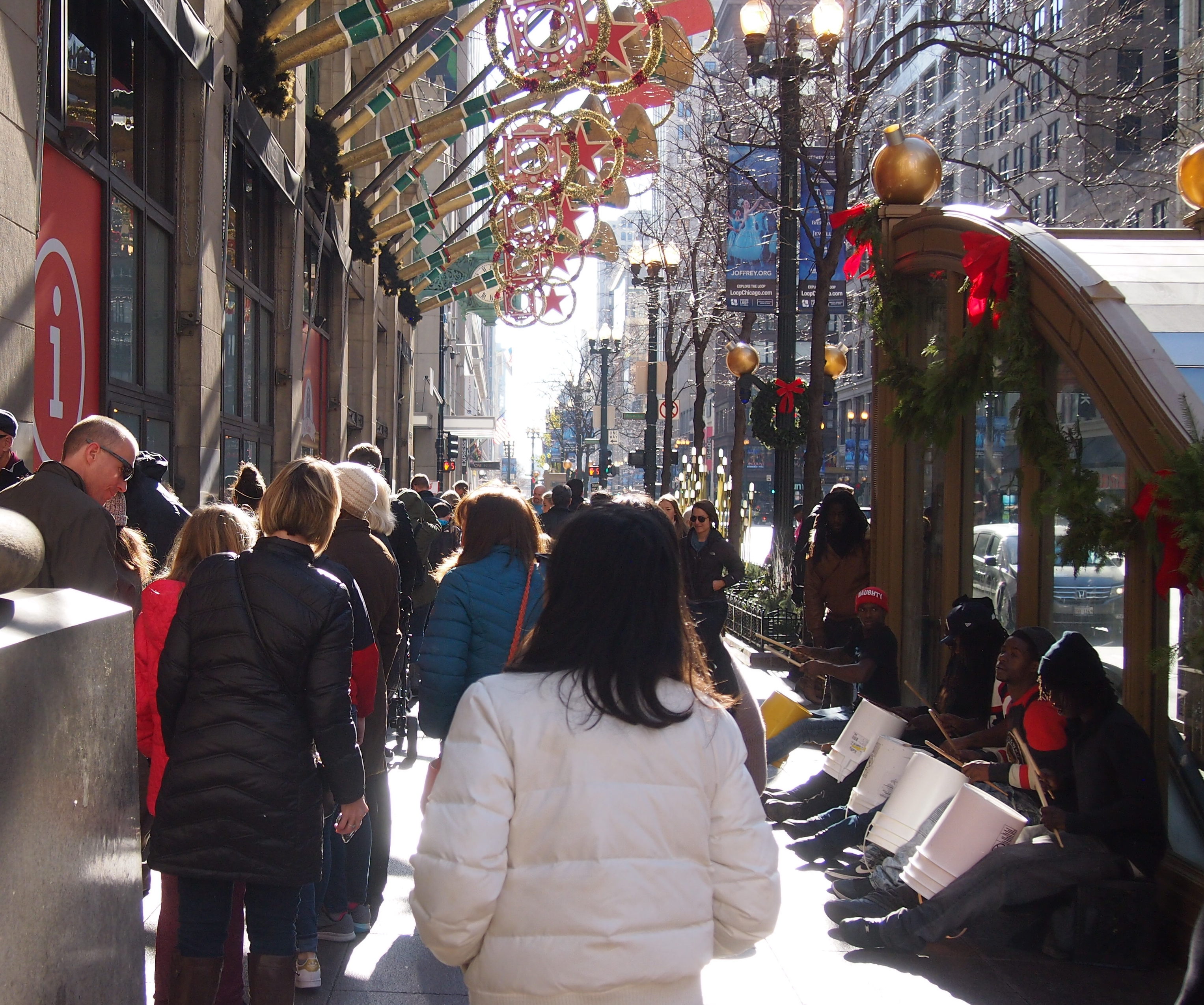
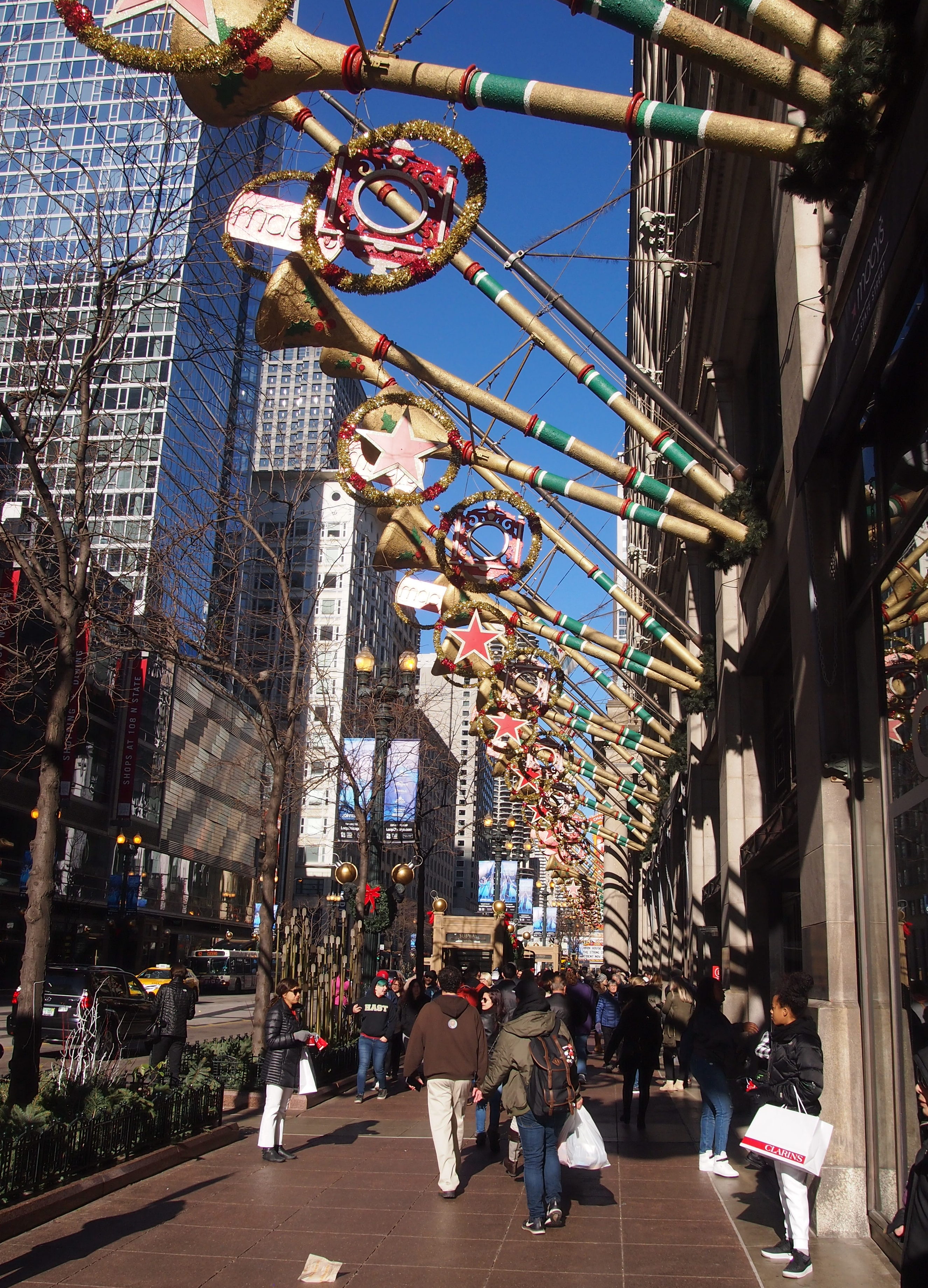



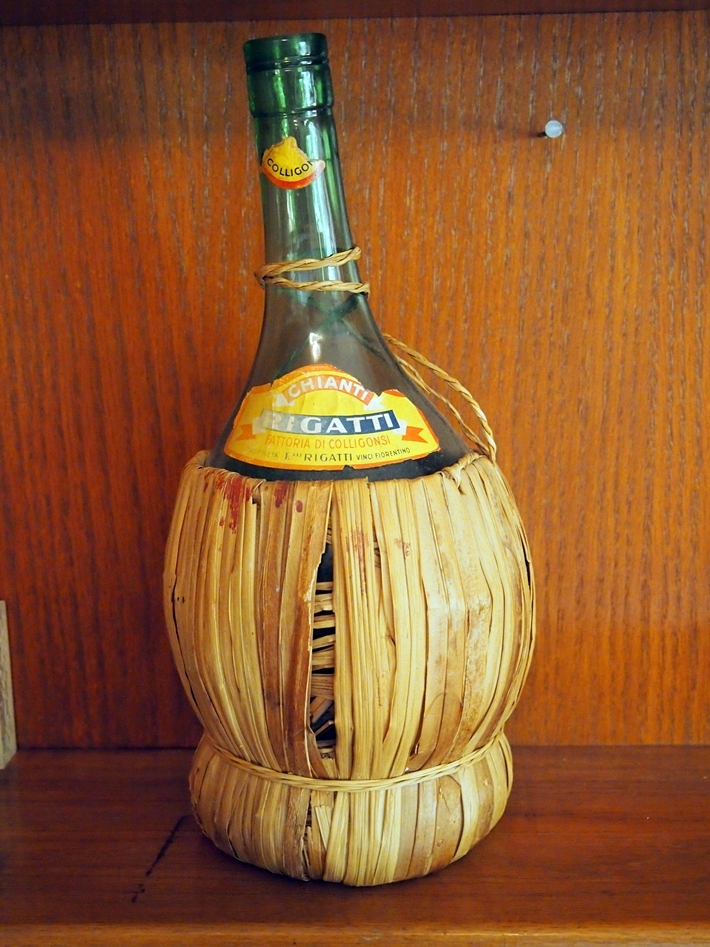 A grappa. The brand label is partly missing, looks like. According to
A grappa. The brand label is partly missing, looks like. According to 